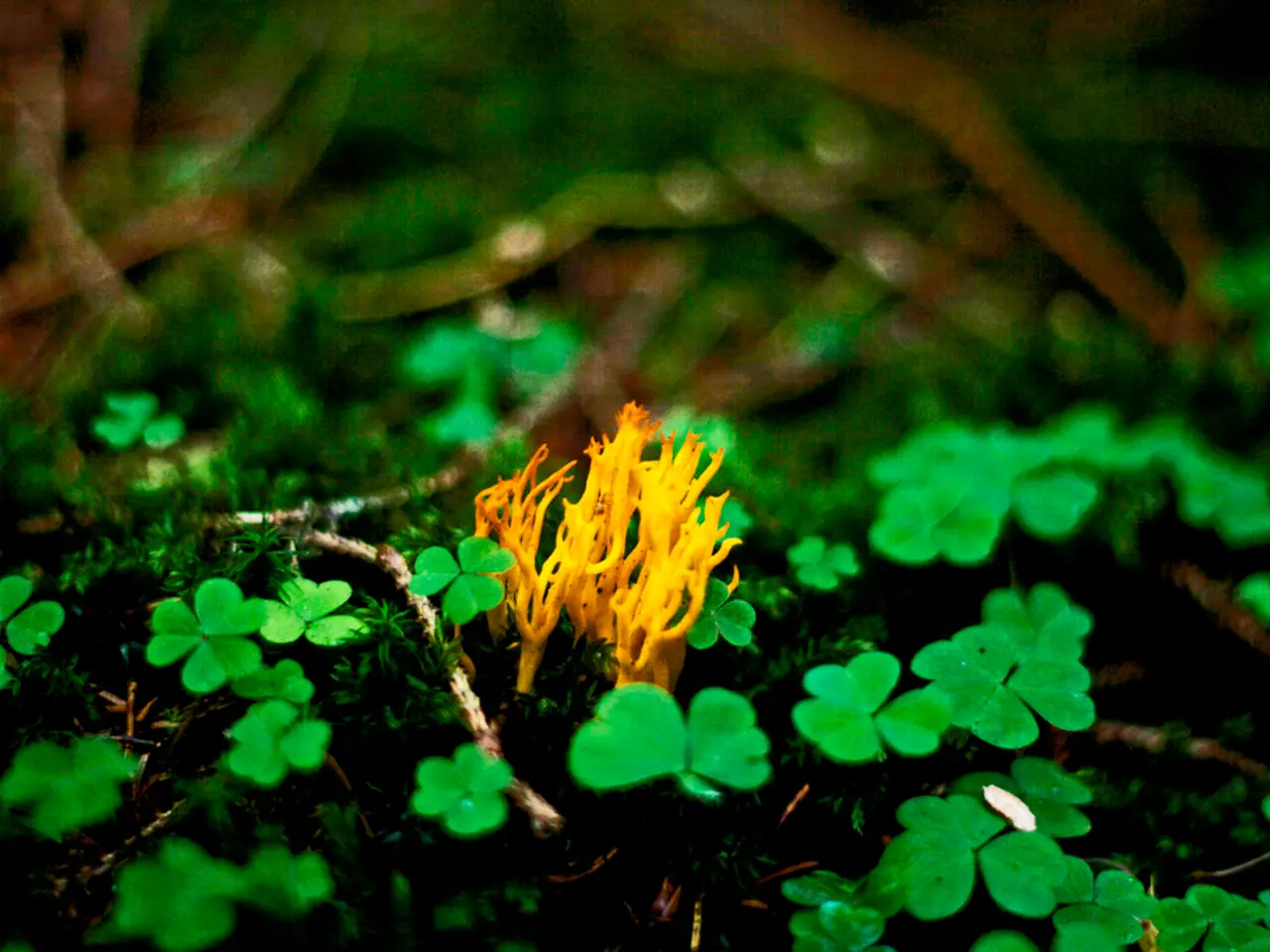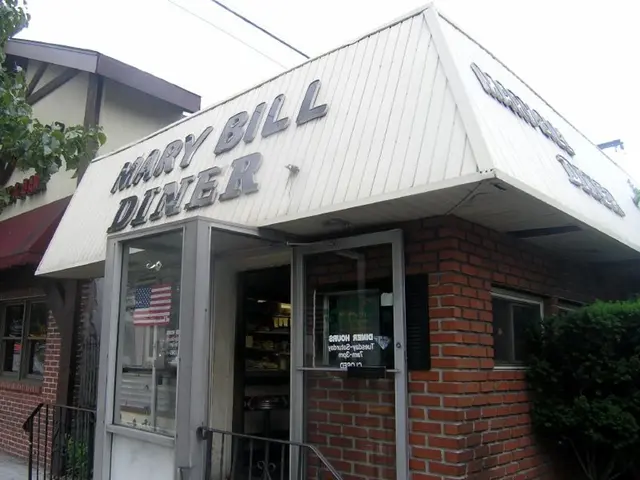Soil Transplantation of Germinated Plants: A Comprehensive Guide
Transitioning Plants from Semi-Hydroponics to Soil: A Step-by-Step Guide
Transitioning plants from semi-hydroponics (semi-hydro) to soil requires careful preparation to ensure a smooth transition and promote healthy growth. Here's a guide on how to make the transition successfully.
Preparing the Soil
Before transplanting, it's essential to prepare the garden soil. This involves loosening and amending the soil, removing any rocks or weeds, and mixing in organic matter to improve moisture retention and drainage. Using non-fertilised soil is crucial when transplanting germinated plants to avoid shocking their roots and to allow for a gradual adaptation to the new environment.
Transitioning the Plant
To transition plants from semi-hydro to soil, you need to carefully remove the plant from the LECA or semi-hydro medium, gently wash off any inert growing medium from the roots, and then pot the plant into a suitable soil mix. The roots should be well supported and not damaged during the process.
Key steps include:
- Remove the plant gently: From the semi-hydro setup, taking care not to damage the roots.
- Rinse the roots: Thoroughly with water to wash away LECA or other hydro substrates, allowing the roots to adapt gradually to soil conditions.
- Pot in well-draining soil: That retains moderate moisture, suitable for the particular plant species (e.g., Alocasia prefers moist but not waterlogged soil).
- Acclimate the plant slowly: Avoid abrupt environmental changes by keeping the plant in stable humidity and indirect light to reduce transplant shock.
- Manage watering carefully: After repotting, providing enough moisture without overwatering and monitoring the plant for signs of stress or root rot.
Additional Advice
After transitioning, selecting an appropriate fertilizer for soil conditions is important, as nutrient uptake varies greatly between semi-hydro and soil substrates, impacting root health and growth.
Outdoor Transplanting
Choose a warm, overcast day in the early morning to transplant, as this gives plants a chance to settle into the soil without the intense midday sun. Avoid transplanting during a cold snap, as cold temperatures will slow growth rates. For heat-loving plants, wait until nighttime temperatures remain consistently above 60°F (15°C).
Hardening Off Plants
Hardening off plants before transplanting is essential, gradually introducing them to outdoor conditions to prevent shock. This process helps the plant accumulate carbohydrates, trigger more root development, reduce the amount of freeze-prone water in the plant, and thicken its cell walls.
Transplanting Seedlings
Most vegetable, flower, and herb seedlings can be transplanted once they have developed one or more sets of true leaves. Seedlings can quickly become root-bound in small containers, so transplant when roots grow out of the drainage holes or circle around the root ball.
Gradual Transition
An alternative method for transitioning plants is a gradual approach, where the plant is moved from water to soil over several days. Gradually introduce seedlings to outdoor conditions by hardening them off, placing them in a protected area outdoors for a few hours each day, gradually increasing their exposure to sunlight, wind, and outdoor temperatures.
Leggy Seedlings
Leggy seedlings are a sign they are stretching towards a light source, and transplanting them into new containers can help encourage sturdier stems.
The Best Soil for Transplanting
The best soil for transplanting is a sterile potting mix. Before potting, rinse the plant thoroughly and its roots gently fanned out.
By following these guidelines, you can successfully transition plants from semi-hydroponics to soil, promoting healthy growth and avoiding sudden shock.
Transitioning a plant's lifestyle from home-and-garden methods like semi-hydroponics to gardening in soil requires selective soil preparation, involving loosening, amending, and organic matter mixing, to ensure a smooth transition and promote healthy growth. In line with this, when transitioning seedlings, choosing an appropriate fertilizer for soil conditions is crucial, as nutrient uptake varies greatly between semi-hydro and soil substrates, impacting root health and growth.




